Приказ основних података о документу
Warfare and Group Solidarity: from Ibn Khaldun to Ernest Gellner and Beyond
Rat i grupna solidarnost: od Ibn Halduna do Ernesta Gelnera i dalje
| dc.creator | Malešević, Siniša | |
| dc.date.accessioned | 2021-10-01T15:15:35Z | |
| dc.date.available | 2021-10-01T15:15:35Z | |
| dc.date.issued | 2021 | |
| dc.identifier.issn | 0353-5738 | |
| dc.identifier.uri | http://rifdt.instifdt.bg.ac.rs/123456789/2275 | |
| dc.description.abstract | Ibn Khaldun and Ernest Gellner have both developed comprehensive yet very different theories of social cohesion. Whereas Ibn Khaldun traces the development of intense group solidarity to the ascetic lifestyles of nomadic warriors, for Gellner social cohesion is a product of different material conditions. In contrast to Ibn Khaldun’s theory, where all social ties are generated through similar social processes, in Gellner’s model the patterns of collective solidarity change through time, that is, different societies produce different forms of social cohesion. While Ibn Khaldun argues that asbiyyah is the backbone of group unity in all social orders, Gellner insists that modern societies are underpinned by very different type of collective solidarity than their premodern counterparts. In this paper I offer a critique of Ibn Khaldun’s and Gellner’s theories of social cohesion and develop an alternative explanation, which situates the social dynamics of group solidarity in the organisational and ideological legacies of warfare. | sr |
| dc.description.abstract | Ibn Haldun i Ernest Gelner razvili su sveobuhvatne, ali vrlo različite teorije socijalne kohezije. Dok je Ibn Haldun razvoj intenzivne grupne solidarnosti pronašao u asketskom načinu života nomadskih ratnika, za Gelnera socijalna kohezija predstavlja proizvod različitih materijalnih uslova. Za razliku od teorije Ibn Halduna gde se sve društvene veze generišu kroz slične društvene procese, u Gelnerovom modelu obrasci kolektivne solidarnosti menjaju se tokom vremena pri čemu različita društva stvaraju različite oblike socijalne kohezije. Dok Ibn Haldun tvrdi da je asbija kičma jedinstva grupa u svim društvenim poretcima, Gelner insistira na tome da su moderna društva oblikovana sasvim drugačijom vrstom kolektivne solidarnosti u odnosu na tradicionalne poretke. U ovom radu nudim kritiku Ibn Haldunove i Gelnerove teorije socijalne kohezije i razvijam alternativno objašnjenje koje postavlja socijalnu dinamiku grupne solidarnosti u organizaciono i ideološko nasleđe ratovanja. | sr |
| dc.language.iso | en | sr |
| dc.publisher | Beograd : Institut za filozofiju i društvenu teoriju | sr |
| dc.rights | openAccess | sr |
| dc.rights.uri | https://creativecommons.org/licenses/by-nc-nd/4.0/ | |
| dc.source | Filozofija i društvo/Philosophy and Society | sr |
| dc.subject | Ibn Khaldun | sr |
| dc.subject | Ernest Gellner | sr |
| dc.subject | group solidarity | sr |
| dc.subject | war | sr |
| dc.subject | sociology of violence | sr |
| dc.title | Warfare and Group Solidarity: from Ibn Khaldun to Ernest Gellner and Beyond | sr |
| dc.title | Rat i grupna solidarnost: od Ibn Halduna do Ernesta Gelnera i dalje | sr |
| dc.type | article | sr |
| dc.rights.license | BY-NC-ND | sr |
| dcterms.abstract | Малешевић, Синиша; Рат и групна солидарност: од Ибн Халдуна до Ернеста Гелнера и даље; Рат и групна солидарност: од Ибн Халдуна до Ернеста Гелнера и даље; | |
| dc.citation.issue | 3 | |
| dc.citation.volume | 32 | |
| dc.citation.spage | 389 | |
| dc.citation.epage | 406 | |
| dc.identifier.doi | 10.2298/FID2103389M | |
| dc.type.version | publishedVersion | sr |
| dc.identifier.fulltext | http://rifdt.instifdt.bg.ac.rs/bitstream/id/8114/bitstream_8114.pdf |

